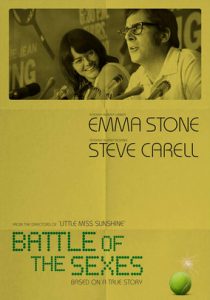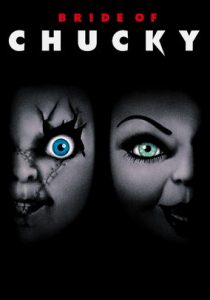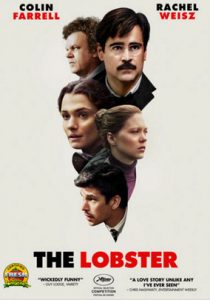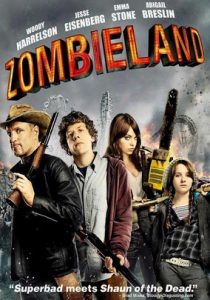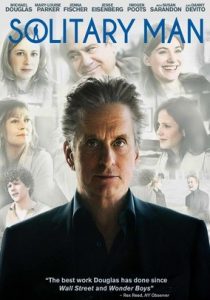Grindhouse: Planet Terror-2007
Director Robert Rodriguez
Starring Rose McGowan, Freddy Rodriguez
Scott’s Review #692
Reviewed October 15, 2017
Grade: B-
The umbrella title of “Grindhouse” is part of a 2007 double-feature, one film directed by Quentin Tarantino (Death Proof), and the other directed by Robert Rodriguez (Planet Terror).
The gimmick was part of an attempt at something novel and also book-ending fictional trailers within the films. The term “grindhouse” refers to a cinematic specialty of either B movies or exploitation films- largely during the 1970s.
While Planet Terror gets credit for being unique and fun, it is oftentimes too cartoon-like and rather over the top throughout.
The premise of Planet Terror is not one to be taken seriously- as our heroine, Cherry Darling (Rose McGowan), quits her stripper job vowing to move on to bigger and better things, she runs into her ex-boyfriend, El Wray (Freddie Rodriguez), and the two teams up to lead a group of rebels, who are fleeing for their lives after a vicious zombie outbreak.
The attack was caused by a group of military officials, led by the vicious Lieutenant Muldoon (Bruce Willis).
The film contains an undeniable retro feel- the sets and the props traverse back to the 1970s in style and look, however, characters do use cellular phones.
Rodriguez attempts to make the film an homage or a throwback to a different time in cinema- this feat is quite impressive and the film is a marvel from a stylized perspective.
Another positive is that the film is reminiscent, by the camera styles and angles, of an actual 1970s film, with grainy elements and a comforting old-style texture, which works.
The plot, though, is the source of frustration, and many aspects of the film are just plain silly. The actors play way over the top as they were probably directed by Rodriguez to do, but the result is too much like watching a cartoon rather than a piece of art.
Rodriguez appears to be copying many aspects of Quentin Tarantino films- specifically, the mixture of violence with camp, although these attempts do not always work.
The acting and casting are fine. Bruce Willis shines in the lead villain role and plays demented to the hilt. Unquestionably “borrowed” by Rodriguez through Tarantino, Willis, who was dynamic in Pulp Fiction, knows how to do his thing well in films such as this.
Muldoon is quite a different character than boxer Butch Coolidge in 1994’s masterpiece, Pulp Fiction, but the acting style is the same.
Stars such as Josh Brolin, Kurt Russell, and Rosario Dawson also make appearances so the film is assuredly a star-studded affair.
The casting of McGowan and Freddy Rodriguez as the leads is acceptable and the pair make a decent screen coupling. Still, her artificial leg which doubles as a deadly machine gun, and his maniacal persona seem somewhat forced and, again, way over the top.
Planet Terror was a moderate box office success upon release in 2007, but watching the film in 2017, ten years later, unfortunately, some of the clusters have been tarnished and the gimmick is not as catchy as at the time of release.
Still, a decent offering in the horror, cartoon, and campy genres, but much better films exist, like anything by Tarantino.

